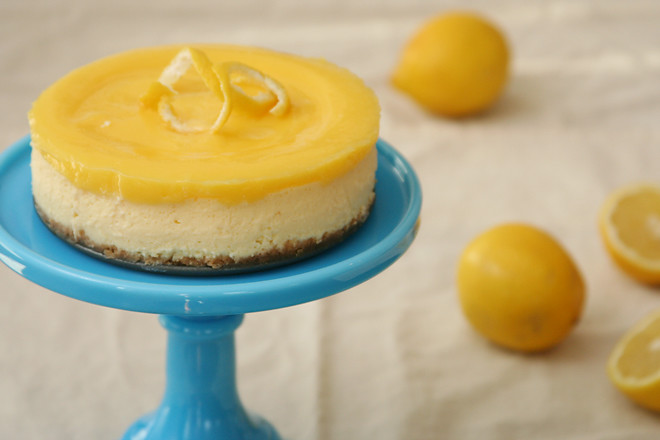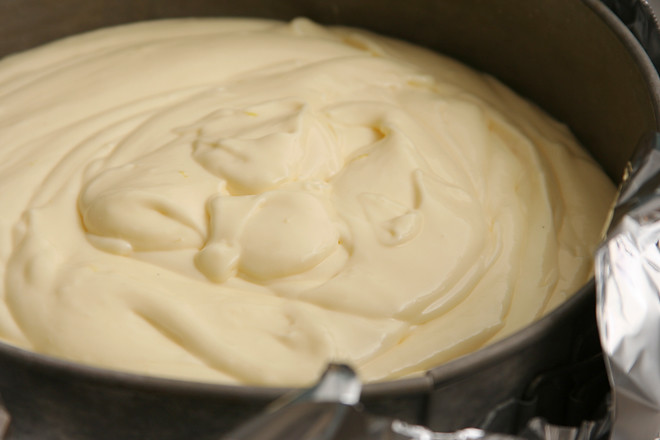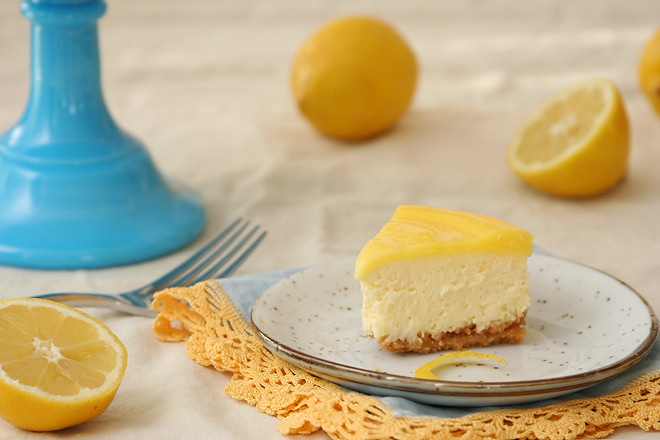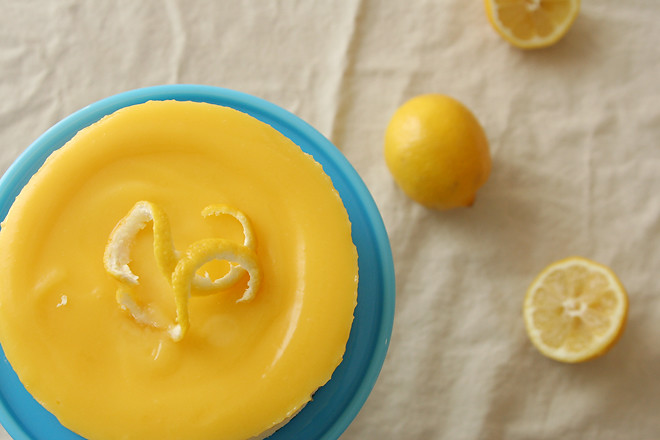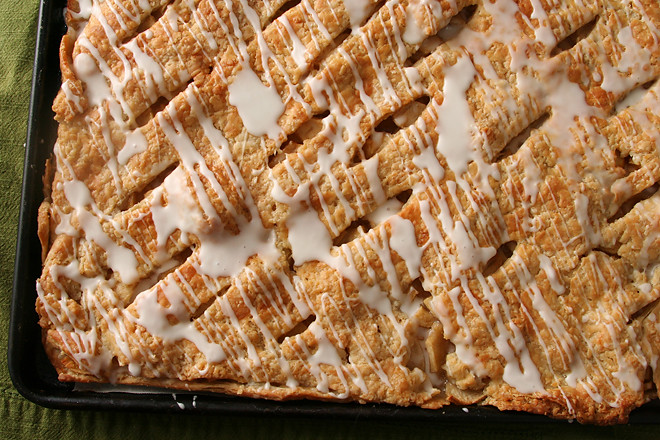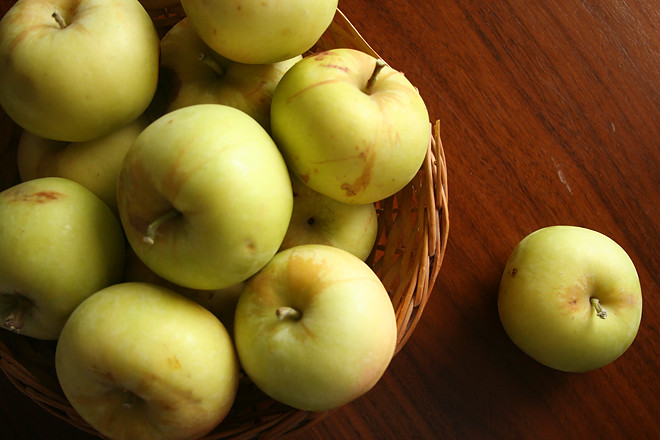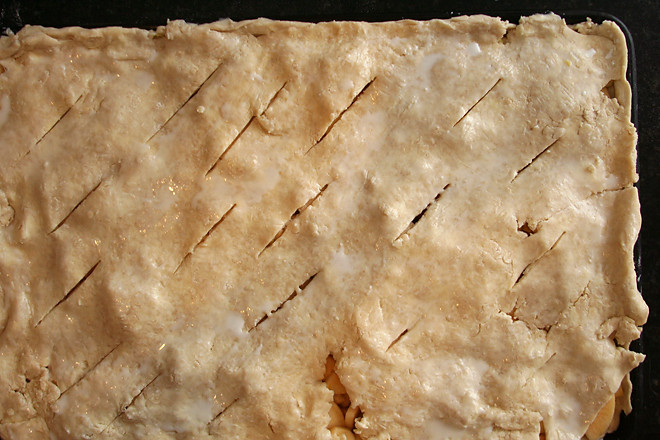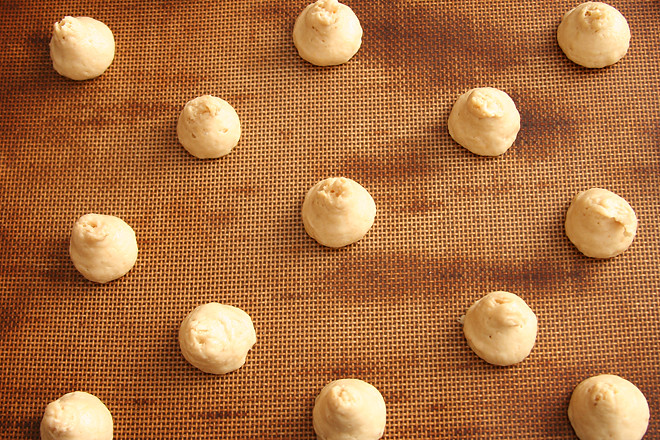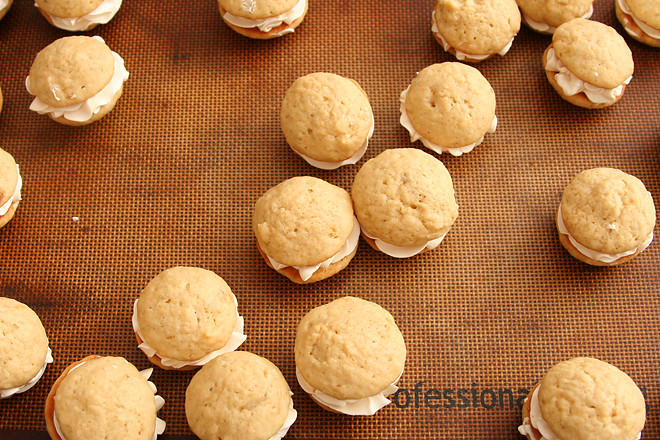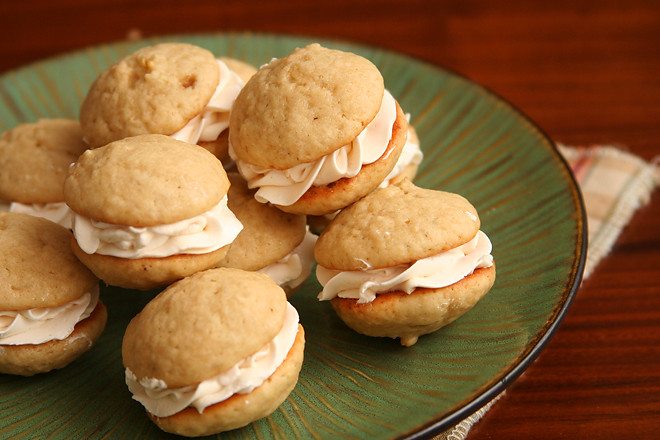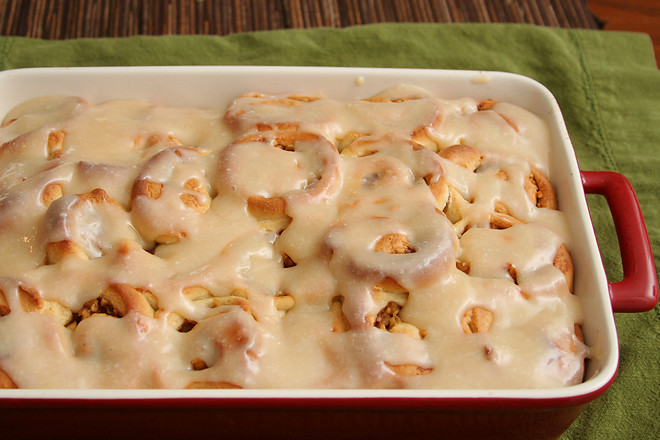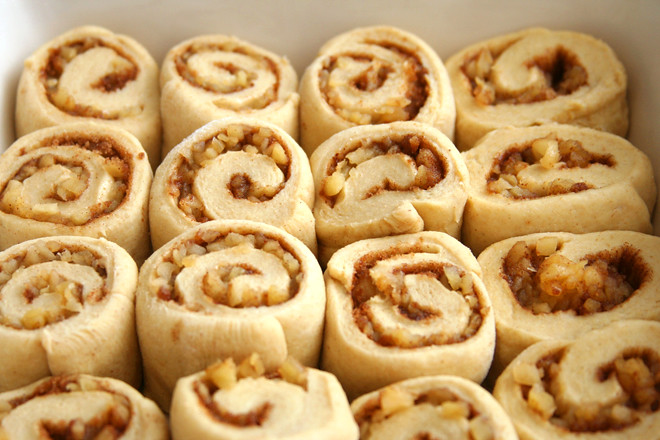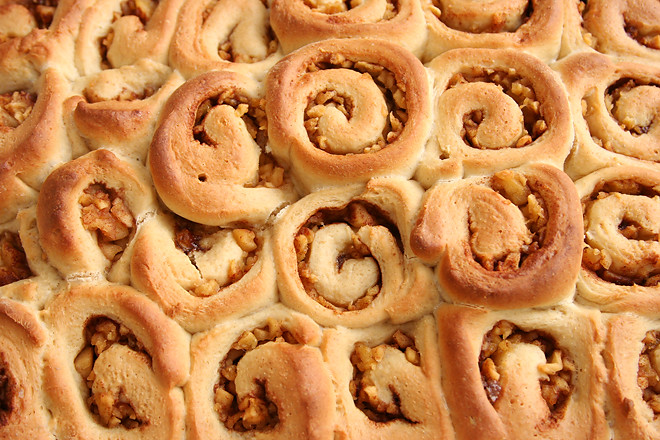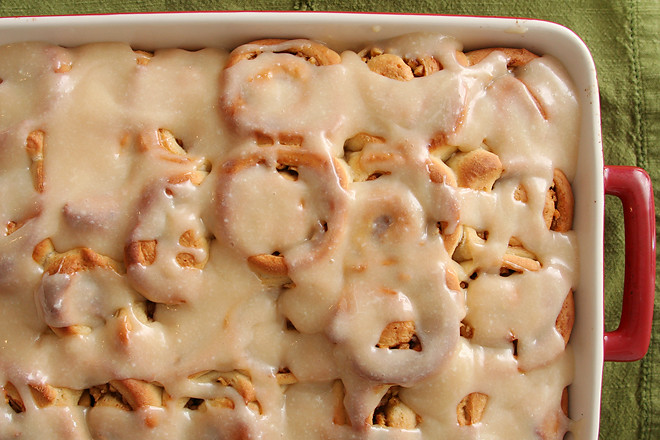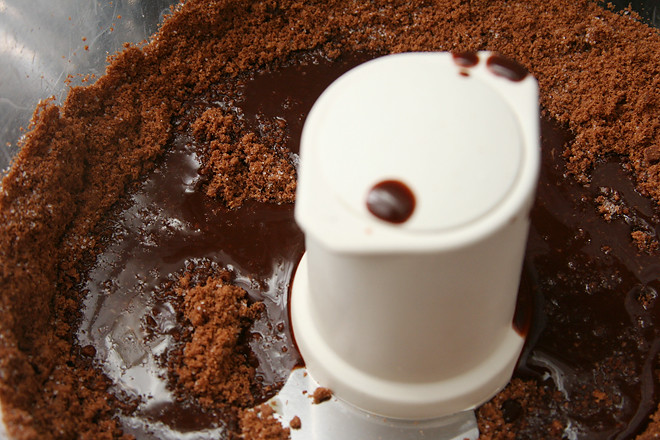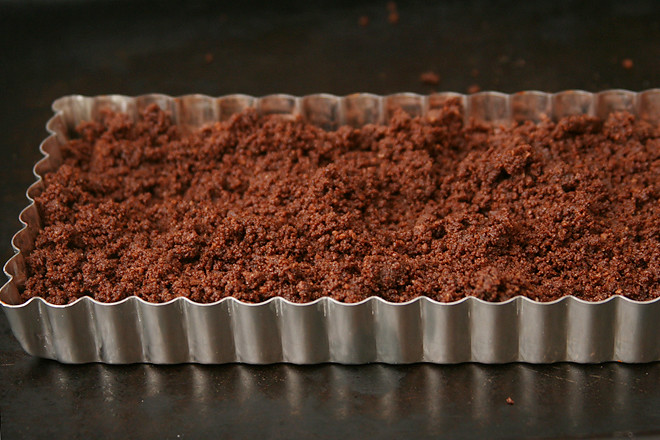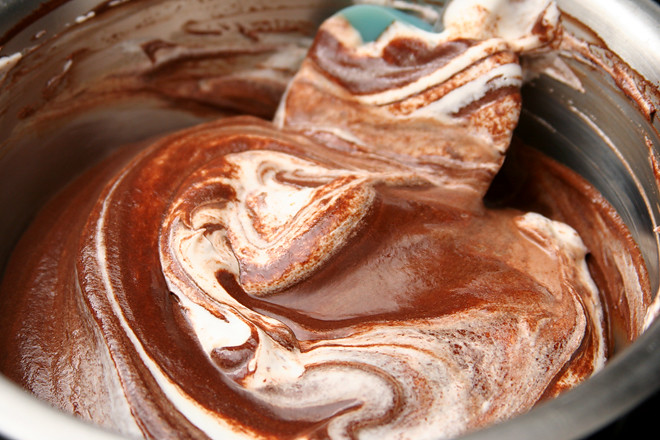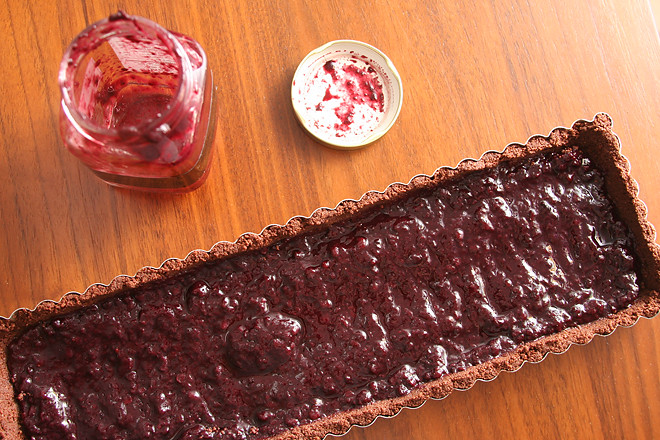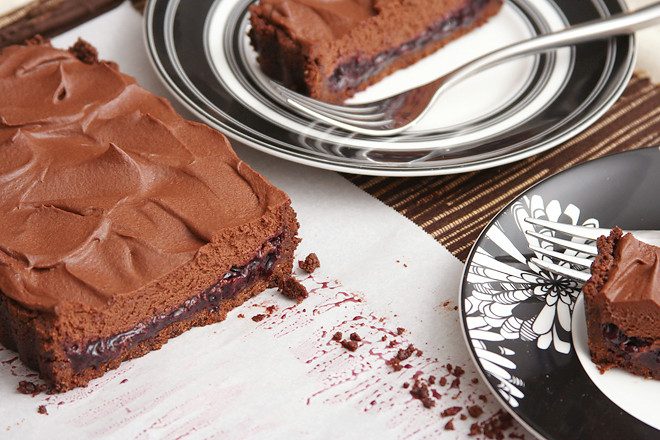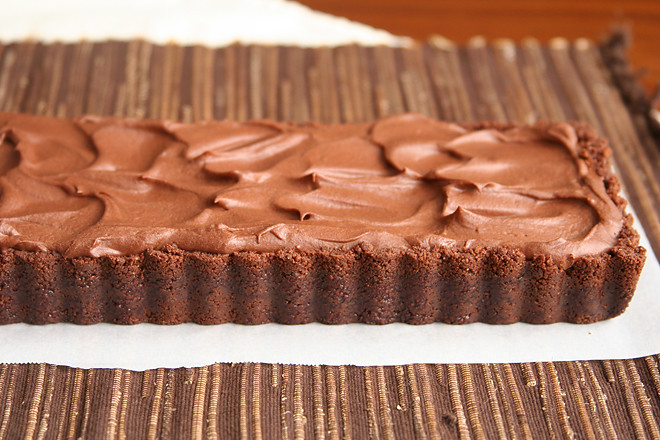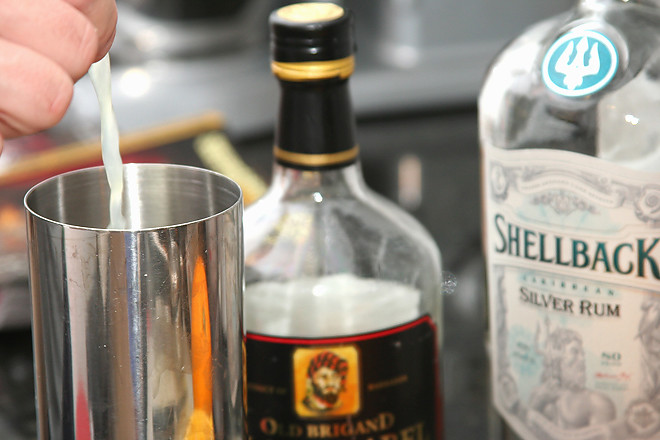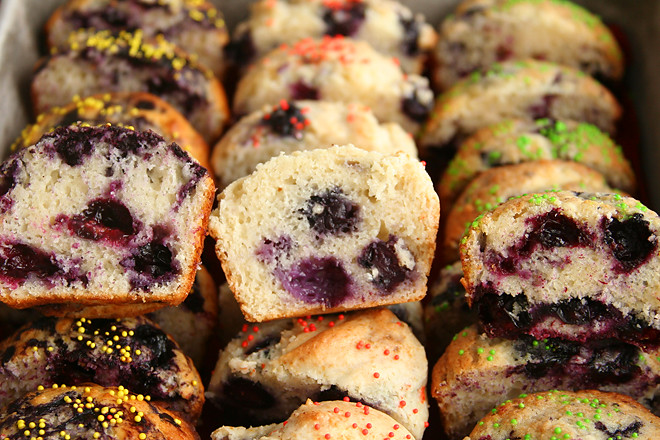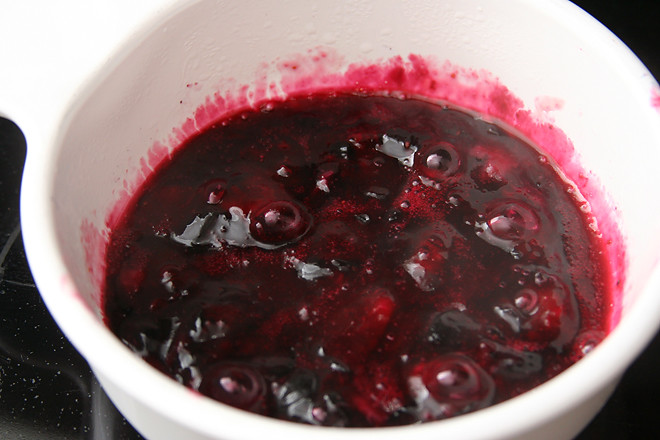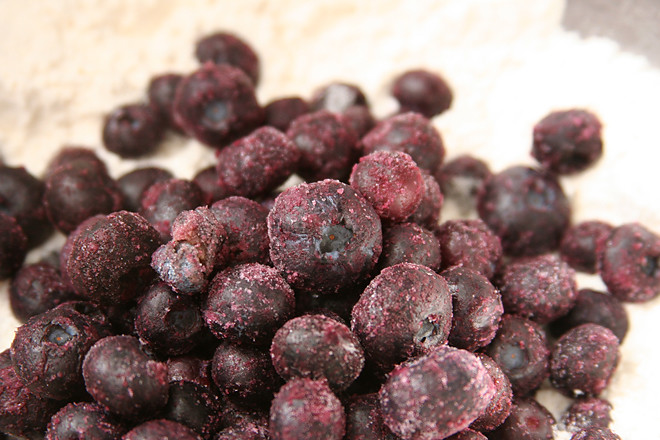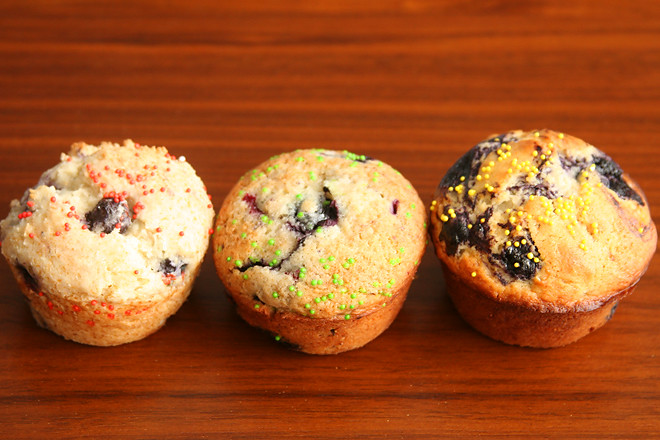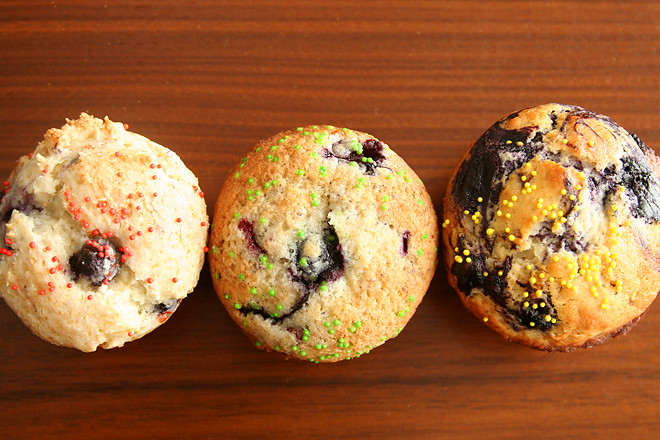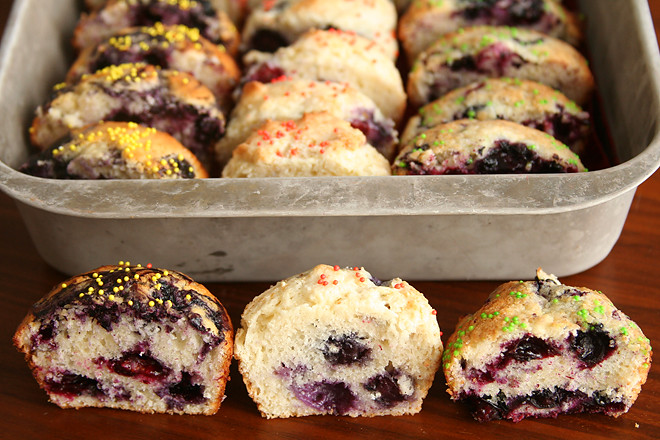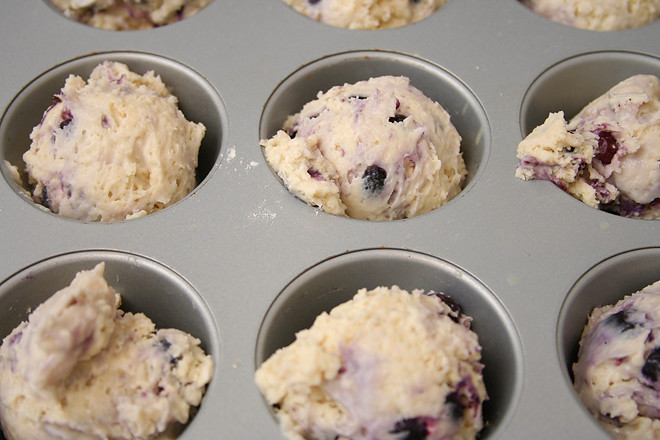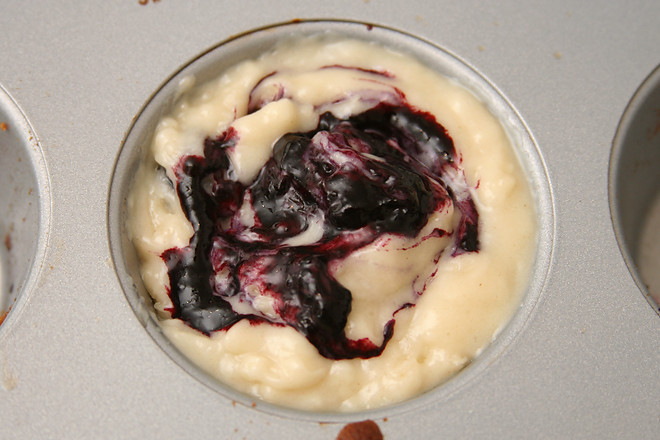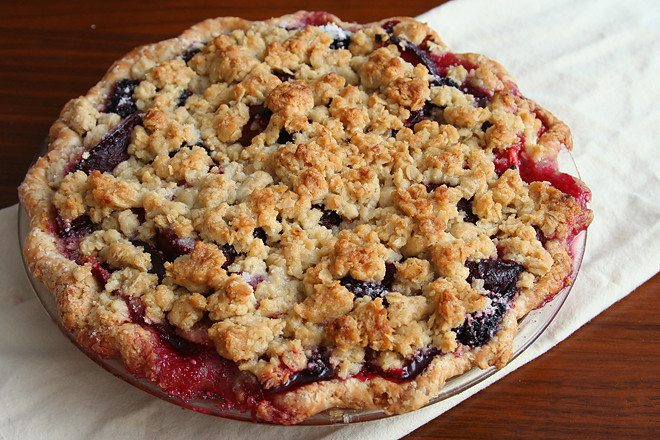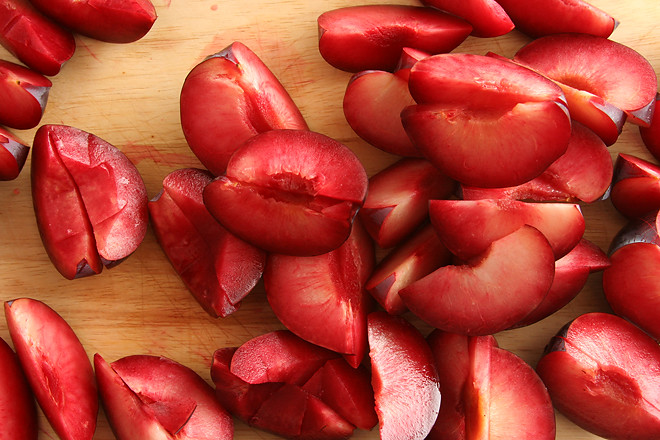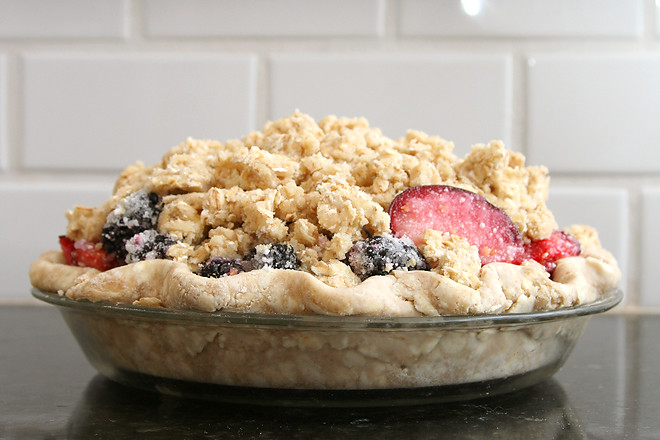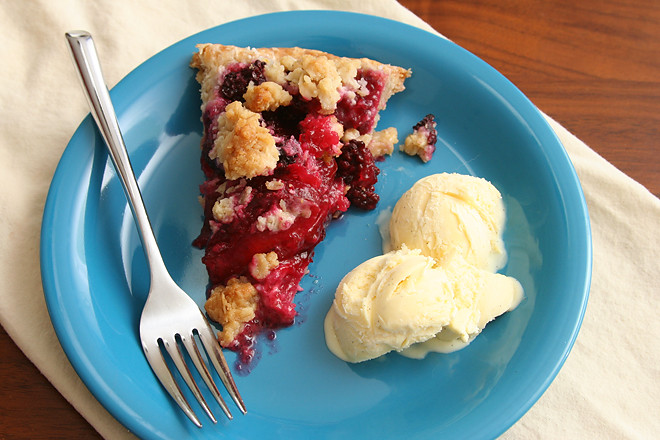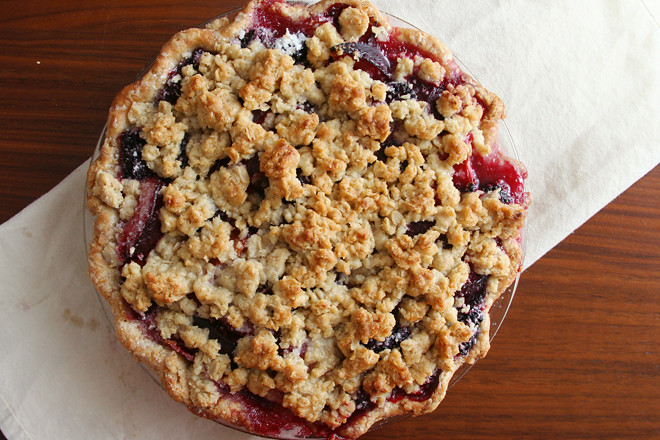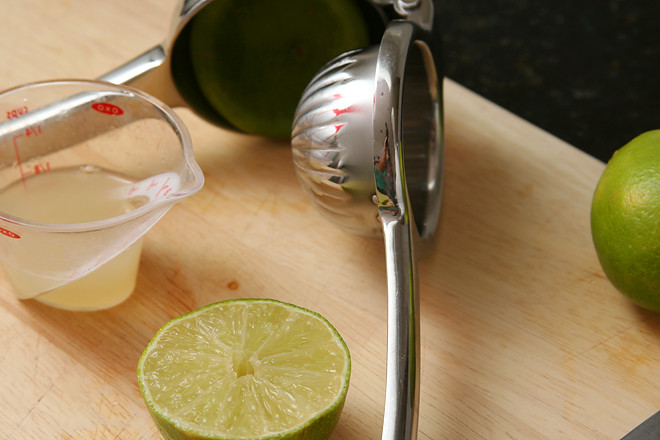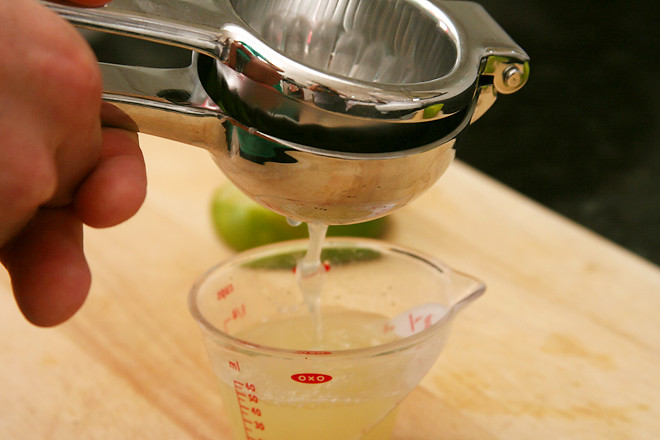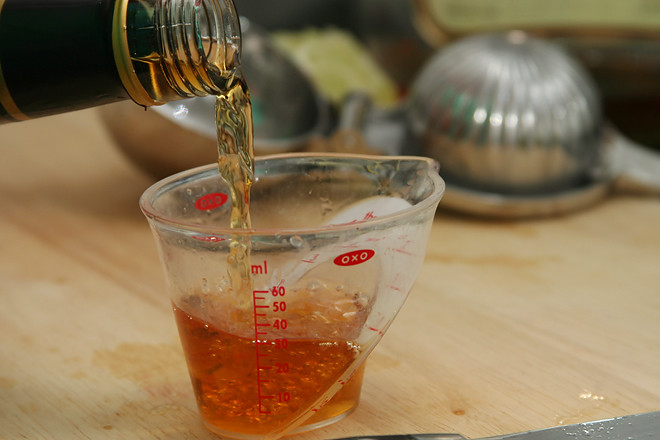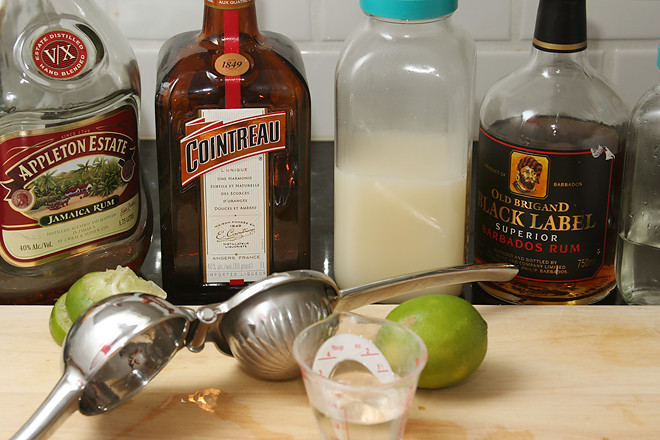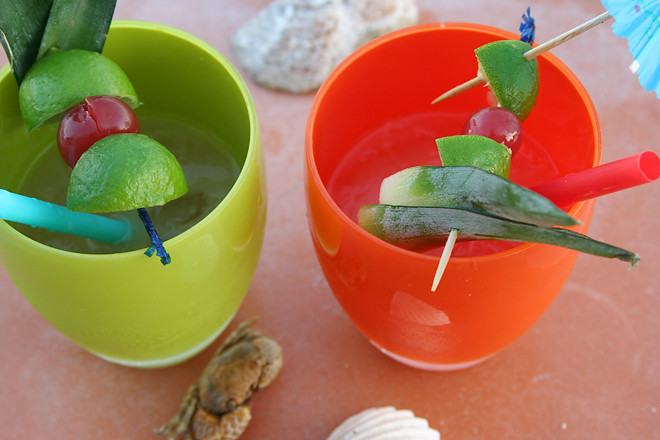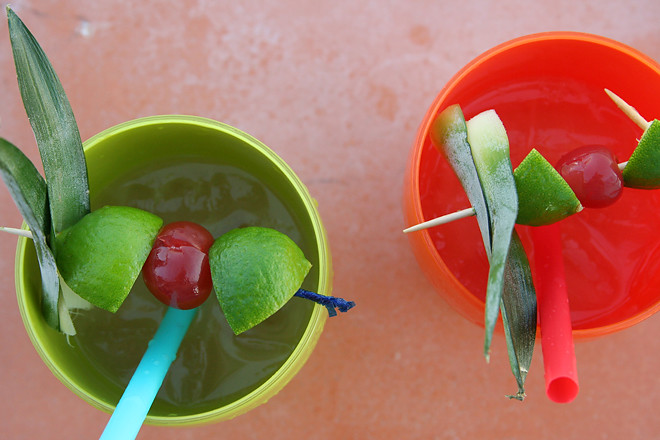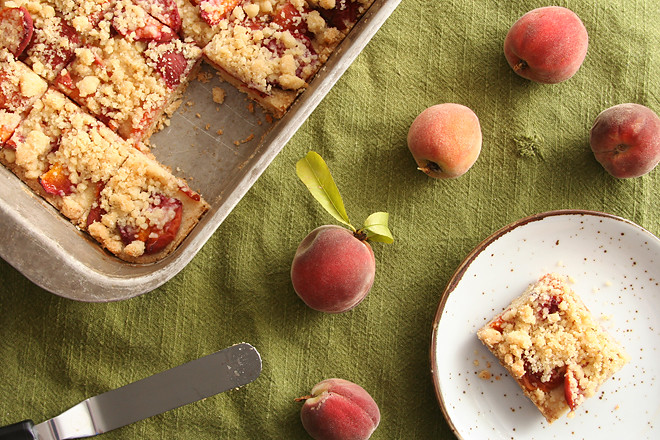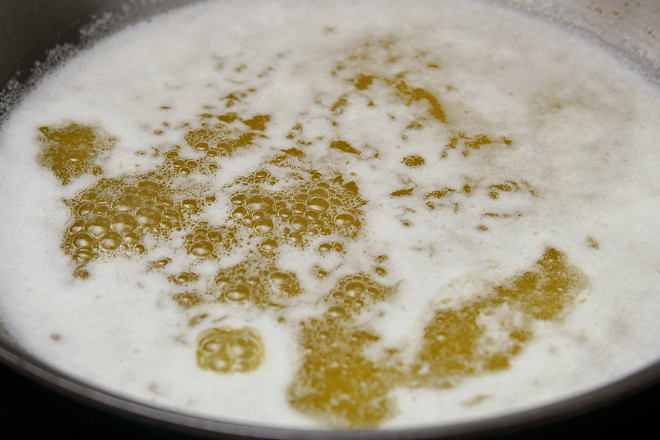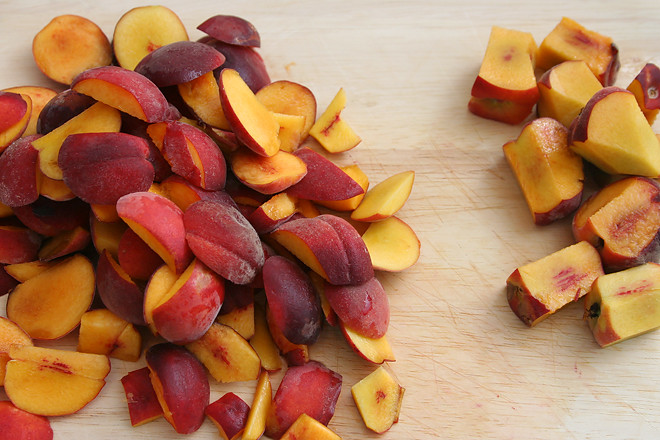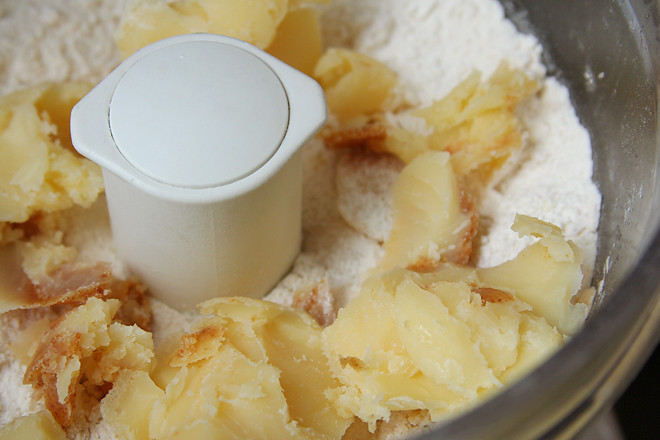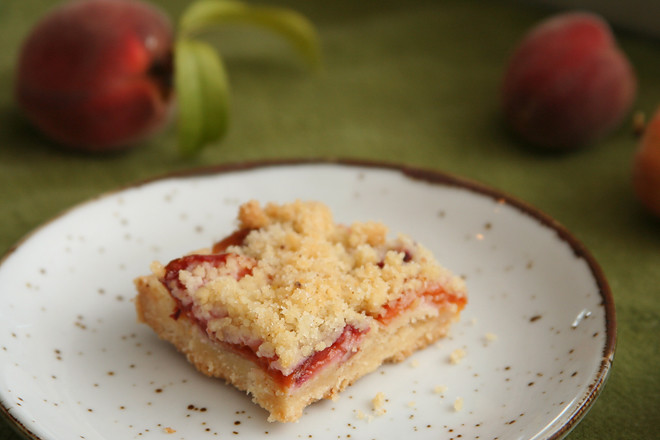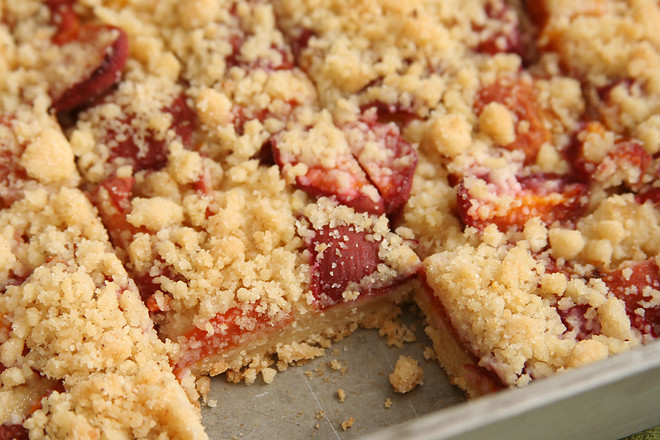I read somewhere the sanctimonious line that “eating for two while pregnant doesn’t mean eating twice as much, it should mean twice as healthy.” I decided early on that my my regular diet is plenty healthy, so my extra calories could come from string cheese, cereal, and a few more servings of dessert. As a result, I’ve started making the occasional dessert just for me and Dave to have at home, which pretty much never happens otherwise unless it’s our birthdays.
Of course, more dessert isn’t so bad when you’re growing a new little person, which I am but Dave is not. So sometimes the desserts are just for me. I didn’t exactly hide this one from Dave, but I just sort of never offered him any. I’d only made a mini version, and it was just too good to share. He never showed any interest, which was a relief. I did make a big version first, to share at work, but when I didn’t get my fill from the two slivers I saved for myself, I needed a little one to hoard to myself at home. Hey, I’m growing a tiny person, I deserve my own tiny cheesecake, right?
Printer Friendly Recipe
Lemon Cheesecake (slightly adapted from Cook’s Illustrated)
I made a few changes to this. First, if you make the lemon sugar in the food processor before the crust mixture, you don’t have to clean the processor bowl between uses; a little lemon in the crust is okay, but trace amounts of cookie crumbs in the cheesecake is not. Second, I accidentally overbaked mine slightly the first time, but I thought it was the perfect texture. The same week, my brother baked it to the temperature recommended in the original recipe and found it underdone for his taste. Therefore, I’ve increased the goal temperature of the cheesecake from 150 degrees to 155 degrees. Third, my brother and I both agreed that we prefer making the curd in a double boiler instead of directly in the saucepan. For both of us, when made in the saucepan as per the original recipe, the curd curdled. The lumps smoothed after straining, but I feel more comfortable using a double boiler and it isn’t more work, so I’ve adapted the recipe for a double boiler.
Filling:
1¼ cups (8¾ ounces) granulated sugar
1 tablespoon grated lemon zest
¼ cup lemon juice
1½ pounds (three 8-ounce packages) cream cheese, room temperature
4 large eggs, room temperature
2 teaspoons vanilla extract
¼ teaspoon table salt
½ cup heavy cream
Cookie-Crumb Crust:
5 ounces animal crackers
3 tablespoons granulated sugar
⅛ teaspoon table salt
4 tablespoons unsalted butter, melted
Lemon Curd:
⅓ cup lemon juice
2 large eggs
1 large egg yolk
½ cup (3½ ounces) granulated sugar
2 tablespoons unsalted butter, cut into ½-inch cubes and chilled
1 tablespoon heavy cream
¼ teaspoon vanilla extract
pinch table salt
1. To make lemon sugar: Process ¼ cup (1.75 ounces) of the sugar and the lemon zest in a food processor until the sugar is yellow and the zest is broken down, about 15 seconds, scraping down the bowl if necessary. Transfer the lemon sugar to a small bowl; stir in the remaining 1 cup (7 ounces) sugar. Do not wash the food processor.
2. For the crust: Adjust an oven rack to the lower-middle position and heat the oven to 325 degrees. In the food processor, process the cookies to fine, even crumbs, about 30 seconds (you should have about 1 cup). Add the sugar and and salt; pulse 2 or 3 times to incorporate. Add the melted butter in a slow, steady stream while pulsing; pulse until the mixture is evenly moistened and resembles wet sand, about ten 1-second pulses. Transfer the mixture to a 9-inch springform pan; using the bottom of a ramekin or dry measuring cup, press the crumbs firmly and evenly into the pan bottom, keeping the sides of the pan as clean as possible. Bake until fragrant and golden brown, 15 to 18 minutes. Cool on a wire rack to room temperature, about 30 minutes. When cool, wrap the outside of the pan with two 18-inch square pieces of foil; set the springform pan in a larger baking pan.
3. For the filling: In a stand mixer fitted with the paddle attachment (or a large bowl if using a hand mixer), beat the cream cheese on low to break it up and soften it slightly, about 5 seconds. With the machine running, add the lemon sugar in a slow steady stream; increase the speed to medium and continue to beat until the mixture is creamy and smooth, about 3 minutes, scraping down the bowl with a rubber spatula as needed. Reduce the speed to medium-low and add the eggs one at a time; beat until incorporated, about 30 seconds, scraping the sides and bottom of the bowl well after each addition. Add the lemon juice, vanilla, and salt and mix until just incorporated, about 5 seconds; add the heavy cream and mix until just incorporated, about 5 seconds longer. Give the batter a final scrape, stir with a rubber spatula, and pour into the prepared springform pan; fill the larger baking pan with enough hot tap water to come halfway up the sides of the springform pan.
4. Bake until the center jiggles slightly, the sides just start to puff, the surface is no longer shiny, and an instant-read thermometer inserted in the center of the cake registers 155 degrees, 60 to 70 minutes. Turn off the oven and prop open the oven door with a potholder or wooden spoon handle; allow the cake to cool in the water bath in the oven for 1 hour. Transfer the springform pan without the foil to a wire rack; run a small paring knife around the inside edge of the pan to loosen the sides of the cake; cool the cake to room temperature, about 1 hour.
5. For the lemon curd: Set a metal or glass bowl on top of a saucepan that contains 1 inch of simmering water (do not allow bottom of the bowl to touch the water). Add the lemon juice to the bowl and heat until the juice is hot but not boiling. Whisk the eggs and yolk in a separate bowl; gradually whisk in the sugar. Whisking constantly, slowly pour the hot lemon juice into the eggs, then return the mixture to the bowl set over the saucepan and cook, stirring with a rubber spatula, often at first and constantly when the mixture begins to thicken, until the mixture registers 170 degrees on an instant-read thermometer and is thick enough to cling to a spoon, about 5 minutes. Immediately remove the bowl from the saucepan and stir in the cold butter until it’s incorporated; stir in the cream, vanilla, and salt, then pour the curd through a fine-mesh strainer into a small nonreactive bowl. Cover the surface of the curd directly with plastic wrap; refrigerate until needed.
6. To finish: When the cheesecake is cool, scrape the lemon curd onto the cheesecake while it’s still in the springform pan; using an offset icing spatula, spread the curd evenly over the top of the cheesecake. Cover tightly with plastic wrap and refrigerate for at least 3 hours or up to 24 hours. To serve, remove the sides of the springform pan and cut the cake into wedges.
